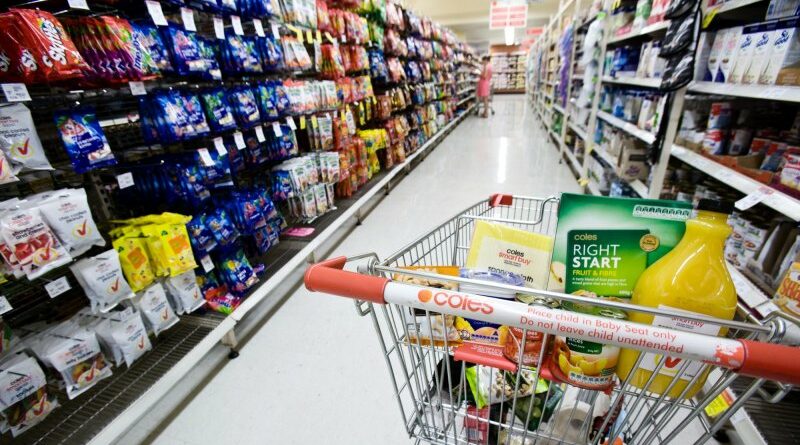Are groceries really getting more expensive?
From wrestling in the aisles over toilet paper to fears of continuing supply shortages, the pandemic has inflamed a perpetual anxiety among Australians about the rising cost of filling a shopping trolley.
Such fears are understandable. The cost of buying food is the second biggest household expense in Australian household budgets – second only to the cost of putting a roof over your head – according to the Bureau of Statistic’s household expenditure survey. Transport comes a close third, followed by recreation.
The pandemic has placed new pressures on our households.Credit:iStock
Grocery prices took centre stage during the 2007 federal election campaign, when Labor won promising an inquiry into grocery prices and an ill-fated “Grocery Choice” price comparison website. Amid pandemic-related supply shortages, cost of living concerns look set to dominate this federal election, too.
Are our fears about grocery prices justified? Are groceries really getting more expensive to buy?
The answer is, of course, that prices do certainly rise over time – it’s called inflation. What really matters is how prices move relative to your capacity to pay for them: wages growth.
Go far enough back, and our ability to buy groceries today looks pretty good. In 1901, it took the average labourer nearly 8 hours of work to afford a carton of beer, according to Productivity Commission figures. By the turn of this century, however, it took only an hour. Similarly, Aussies used to work an hour and a half to afford a kilogram of rump steak. A century later, it’s just half an hour.
Since the 1980s, spending at supermarkets and grocery stores has been eating up about a tenth of household take-home pay, according to a CommSec analysis of national account figures.
This has fluctuated, however, from a low of 8.5 per cent in 1990; to a high of 10.2 per cent in the early 2000s. It has since fallen back to 9 per cent.
CommSec chief economist Craig James says groceries eat a bigger chunk out of incomes in tough economic times. “Recession and higher unemployment would have led to greater spending to staples in the 1990s. Today, low jobless rate, higher wealth, and greater prosperity allow greater spending on discretionary items like electrical goods, technology and services.”
Rising competition in the retail landscape has helped to keep a lid on prices over the past decade, according to a long-time consumer advocate at Choice, Christopher Zinn, now campaign director at online financial advisor Life Sherpa.
“When Grocery Choice came up, it was a time when Coles and Woolies really had the whole thing to themselves. That’s much less true today. Aldi and, to a lesser extent, Costco have really disrupted the big two.”
While competition has driven down prices for some regular items, like milk and bread, Zinn says consumers remain notoriously anxious when it comes to grocery prices.
“We’re very price-sensitive about grocery and petrol prices because we’re so close to them – we buy them often.”
We also suffer various cognitive biases, such as ‘anchoring’, says Zinn. “We often remember the lowest price we have paid for something.”
Zinn advises households to shop around and focus on buying raw ingredients rather than pre-packaged foods to save on food bills.
“If you’re prepared to do the work you can really find the value, but that does mean switching between brands.”
The Morning Edition newsletter is our guide to the day’s most important and interesting stories, analysis and insights. Sign up here.
Most Viewed in Business
From our partners
Source: Read Full Article




